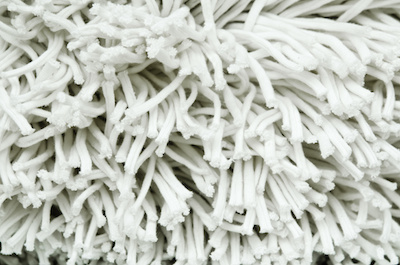 Warning: while it’s true that I’ve been known to dabble in interior design, this is NOT a post about choosing the best carpet for your home.
Warning: while it’s true that I’ve been known to dabble in interior design, this is NOT a post about choosing the best carpet for your home.
Just saying.
Rather, it’s about those little soldiers that line the entire surface of your small intestine – that have the appearance of little shags because they literally look like shag carpeting!
The medical term for those little soldiers is “villi”, a key part of the immune system in your gut.
Their job is to be super vigilant about any intruders that might enter your digestive tract, and dispose of them immediately.
When they’re doing their job properly, they’re readily visible – waving about in the breeze.
However, as most anyone with Celiac Disease can tell you, what’s happened is that those villi have completely worn down – and totally atrophied.
So now you have Berber.
Berber carpeting is flat – when this happens, the villi are no longer able to do their job.
Technically, this condition is defined as “Total Villous Atrophy”.
When your doctor runs lab tests for Celiac Disease (specifically IgA-tissue transglutaminase) – he’s looking for elevated antibodies that would indicate your villi have flattened out and are no longer functioning as they should.
Conversely, the less villous atrophy, the less likely the antibodies will be elevated. (Although it does NOT mean you’re in the clear).
If your labs come back positive – it means those crucial villi are completely worn down, and you’re officially diagnosed with Celiac disease. With this particular diagnosis, vigilance is key – the only cure being strict adherence to a gluten-free diet. (Consider this good news, as it requires no drugs or surgical intervention).
If, on the other hand, test results are negative, that doesn’t mean you’re completely in the clear as stated previously.
Rather, you could be in an earlier stage of Celiac disease (reference as Marsh I or II) that has yet to manifest as a full-blown autoimmune condition. Since Celiac disease can develop at any time, and any age, regular follow-up tests every two-three years are important.
Still wondering why those flattened shags are such a problem?
Those shags play a major role in how your body breaks down nutrients from you food – with each shag representing a different mineral or vitamin.
This is WHY, if you’re not absorbing calcium, it sets you up for developing osteoporosis. It’s also why, accordingly to the Annals of Internal Medicine in 2006 – anyone given that diagnosis needs to be checked for celiac disease or gluten sensitivity.
In addition, those tight-gap junctions that I discussed at length in this video on Leaky Gut – are what lie between the shags.
Remember, these are cells that are stacked up very close together.
They literally act like guards at the gate.
Under normal, healthy conditions – large, undigested molecules of food cannot pass through the gut lining. This is what keeps you healthy, and your immune system on low alert.
However, once those shags are worn down, everything changes – especially as the protective gut lining becomes more permeable.
While having Celiac Disease does mean having to re-think the way you eat, this particular component of Celiac disease – i.e. the flattened villi – is not permanent.
With the right dietary protocol, the villi can, and do, spring back to life, although it does require lifelong vigilance to a gluten-free protocol.
To learn more, & receive the most up-to-date, in-depth information regarding all things related to Gluten Sensitivity, Autoimmune Disease, Inflammation & more – be sure to watch my educational video series “A Gluten Primer – Everything You Wanted to Know From A – Z“. It’s available FREE on my bi-weekly newsletter, but you can have immediate access to all 26 videos – plus a full, 2-hour Tutorial here.
 Follow
Follow


Speak Your Mind